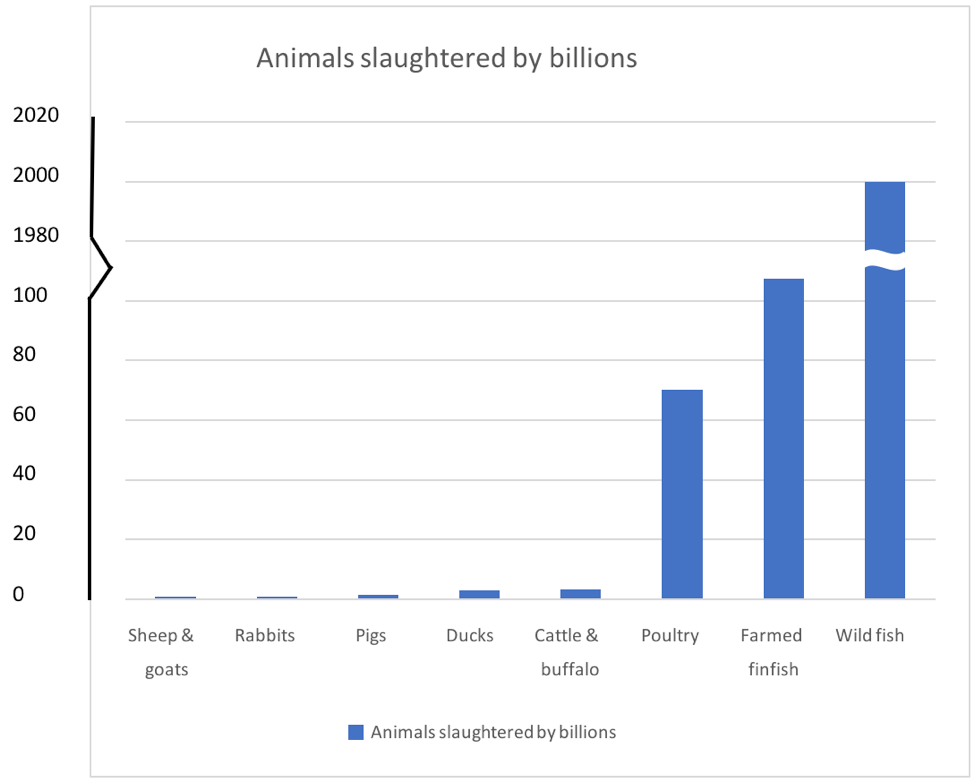In 2013, Tor Wager, a neuroscientist at the University of Colorado, Boulder, took the logical next step by creating an algorithm that could recognize pain’s distinctive patterns; today, it can pick out brains in pain with more than ninety-five-per-cent accuracy. When the algorithm is asked to sort activation maps by apparent intensity, its ranking matches participants’ subjective pain ratings. By analyzing neural activity, it can tell not just whether someone is in pain but also how intense the experience is. “What’s remarkable is that basic pain signals seem to look pretty much the same across a wide variety of people,” Wager said. “But, within that, different brain systems are more, or less, significant, depending on the individual.”
Among the brain’s many pain-producing patterns, however, there is only one region that is consistently active at a high level: the dorsal posterior region of the insula. Using a new imaging technique, Tracey and one of her postdoctoral fellows, Andrew Segerdahl, recently discovered that the intensity of a prolonged painful experience corresponds precisely with variations in the blood flow to this particular area of the brain. In other words, activity in this area provides, at last, a biological benchmark for agony. Tracey described the insula, an elongated ridge nestled deep within the Sylvian fissure, with affection. “It’s just this lovely island of cortex hidden in the middle, deep in your brain,” she said. “And it’s got all these amazing different functions. When you say, ‘Actually, I feel a bit cold, I need to put a sweater on,’ what’s driving you to do that? Probably this bit.”


Recent Comments